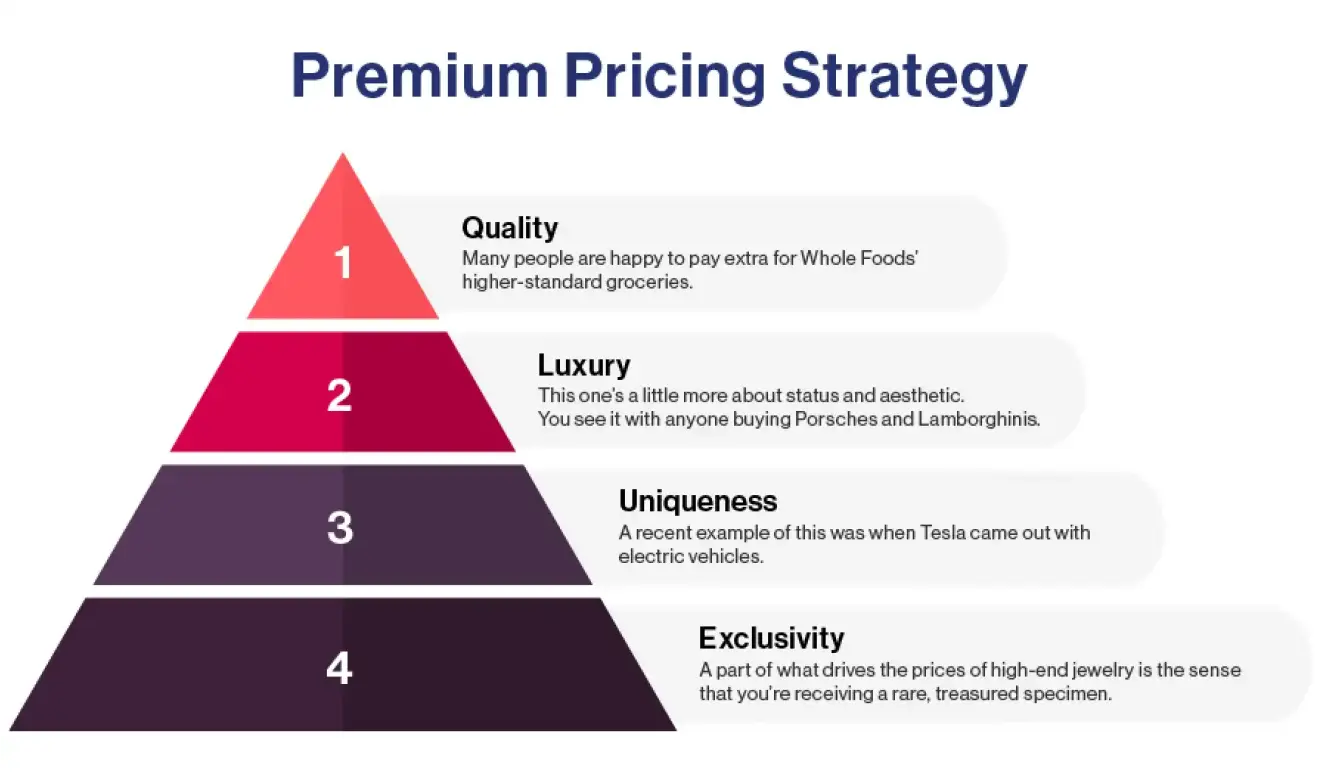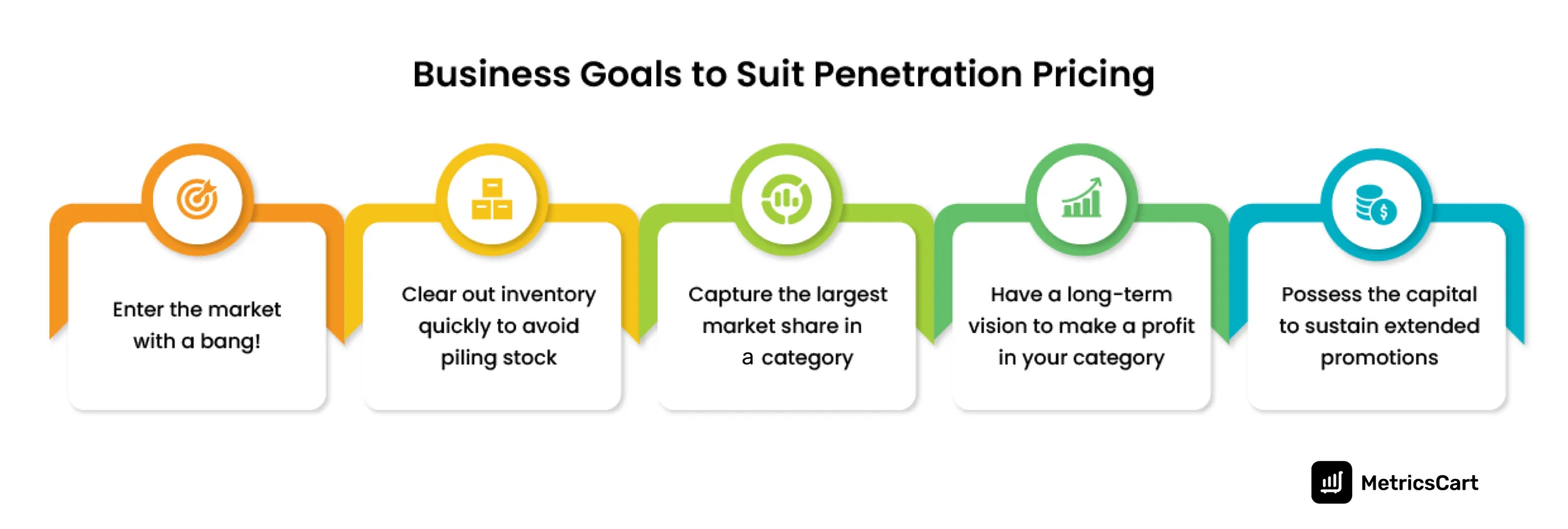Innovative Pricing Strategy Methods for Today's Digital Economic climate
Wiki Article

Master Effective Prices Techniques to Maximize Earnings
In the ever-evolving landscape of commerce, understanding reliable pricing techniques is essential for organizations intending to make best use of earnings. A nuanced understanding of prices psychology can considerably affect customer habits and getting choices.Recognizing Rates Psychology
Comprehending prices psychology is vital for companies intending to optimize their rates approaches. This field checks out just how consumers view rates and just how these understandings affect their investing in choices. Key principles in rates psychology include the anchoring result, where the initial price offered acts as a referral point for customers, and the concept of cost sensitivity, which varies amongst various consumer sections.In addition, services can leverage the concept of regarded value, where the viewed advantages of a service or product can validate a higher rate factor. Premium rates can develop an aura of exclusivity, drawing in consumers that associate greater rates with premium high quality. On the various other hand, mental prices, such as setting a rate at $9.99 as opposed to $10, can significantly impact consumer habits by making costs appear extra eye-catching.
Furthermore, shortage and urgency can improve the viewed worth of items, motivating quicker getting choices. Comprehending these emotional triggers allows services to formulate prices techniques that not only drive sales however additionally foster client loyalty. Thus, mastering pricing psychology is crucial for effective pricing approach formulation, leading to improved productivity and market positioning.
Implementing Value-Based Pricing

First, conduct detailed marketing research to identify the value chauffeurs for your target audience. This can consist of attributes, high quality, brand name track record, and customer support. Next, segment your clients based on their desire to pay and the value they regard. By doing so, you can tailor offerings and pricing strategies to straighten with different sections.
After collecting insights, set costs that show the maximum amount a customer is prepared to pay, ensuring that they perceive a fair exchange for the worth obtained. Interact the value recommendation efficiently, highlighting the benefits and differentiators of your offering. Ultimately, continuously keep an eye on market conditions and consumer responses to refine your prices strategy over time - Pricing Strategy. By implementing value-based prices, businesses can boost success while promoting long-term customer commitment.
Discovering Dynamic Prices Versions
In today's quickly transforming market landscape, dynamic prices versions have actually become a powerful approach for services seeking to optimize earnings and reply to variations in need. These versions allow companies to adjust their costs in real-time based on numerous variables such as consumer actions, market trends, and supply levels. By leveraging information analytics and formulas, services can determine ideal prices factors that optimize sales while remaining affordable.Dynamic pricing can take numerous forms, consisting of time-based prices, where rates vary based upon time of day or period, and demand-based rates, which readjusts prices according to existing customer demand. This flexibility not just enhances productivity however additionally improves consumer contentment by supplying costs that mirror real-time market conditions.
Carrying out vibrant prices needs a durable technological facilities and a deep understanding of consumer segments. Transparent interaction concerning pricing modifications can aid minimize consumer discontentment and foster count on, inevitably leading to continual profitability in a competitive industry.
Analyzing Rival Prices
Keeping track of competitor prices is important for organizations intending to keep an one-upmanship in their corresponding markets. By analyzing rivals' rates techniques, firms can recognize market trends, comprehend customer choices, and adjust their pricing appropriately. This analysis includes gathering data on rivals' rates, advertising strategies, and item offerings to inform pricing decisions.To successfully examine rival pricing, businesses need to utilize numerous devices and strategies, such as rate tracking software program, marketing research reports, and consumer feedback. This data can reveal how competitors position their product or services, allowing businesses to separate their offerings or take on similar methods to continue to be pertinent.
Furthermore, it is vital to categorize competitors into indirect and direct rivals. Straight competitors use comparable product and services, while indirect rivals might fulfill the same consumer need with different options. Recognizing the nuances in between these teams will certainly make it possible for companies to tailor their pricing strategies better.
Eventually, recurring rival rates analysis is essential for making informed rates choices. It allows companies to stay active in reaction to market changes, guaranteeing they can confiscate chances and reduce risks related to pricing methods.
Assessing Rates Performance
Comprehending how competitor prices influences market dynamics leads to an all-natural emphasis on examining rates performance within one's own service. This examination is crucial for recognizing areas of toughness and possibilities for enhancement, eventually improving productivity.
Furthermore, conducting regular pricing audits can disclose discrepancies between anticipated and actual efficiency. This includes comparing pricing data across various sections and channels to comprehend differences and identify fads. dig this Furthermore, incorporating client responses can supply insights into viewed worth versus real rates, guaranteeing positioning with market assumptions.
Finally, leveraging information analytics devices can promote much deeper understandings right into prices efficiency, making it possible for companies to make data-driven changes (Pricing Strategy). By continually examining rates efficiency, organizations can adjust to market modifications and maximize their methods, guaranteeing sustained earnings in a competitive landscape
Verdict
By leveraging rates psychology, services can enhance viewed worth and tailor pricing to diverse customer segments. The fostering of value-based and dynamic prices designs helps with real-time adjustments based on need and consumer determination to pay.Comprehending pricing psychology is essential for services aiming to optimize their pricing approaches. Recognizing these mental triggers makes it possible for businesses to formulate pricing methods that not only drive sales yet additionally foster consumer loyalty. Hence, understanding rates psychology is vital for reliable pricing method formulation, leading to enhanced success and market positioning.
By assessing competitors' Visit This Link rates techniques, business can determine market trends, comprehend customer preferences, and adjust their rates accordingly. By leveraging pricing psychology, organizations can enhance perceived value and dressmaker prices to diverse client segments.
Report this wiki page